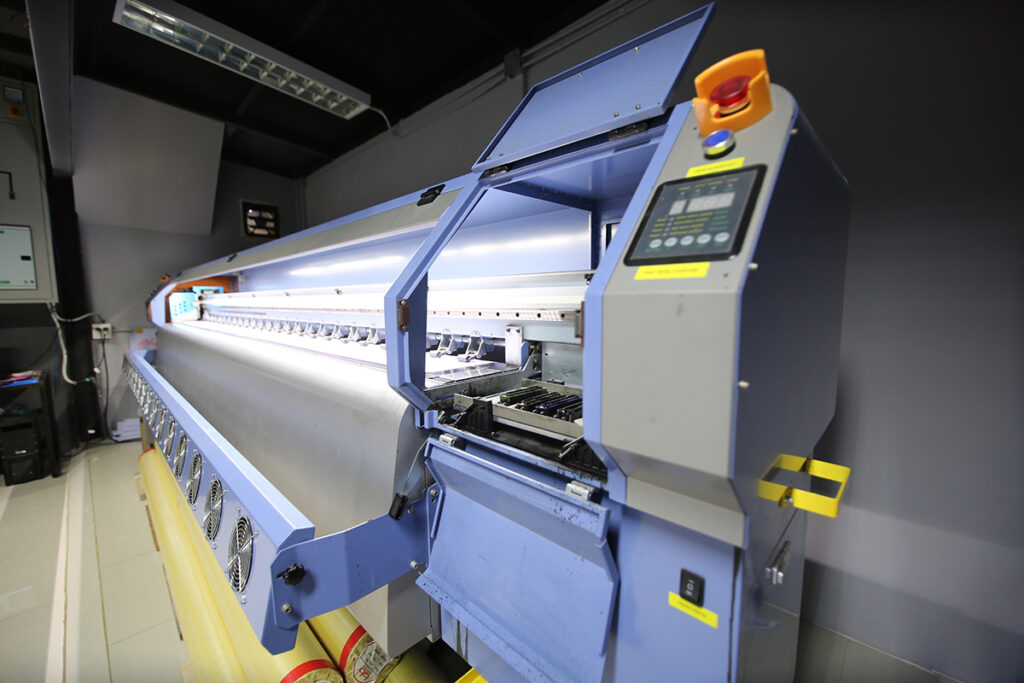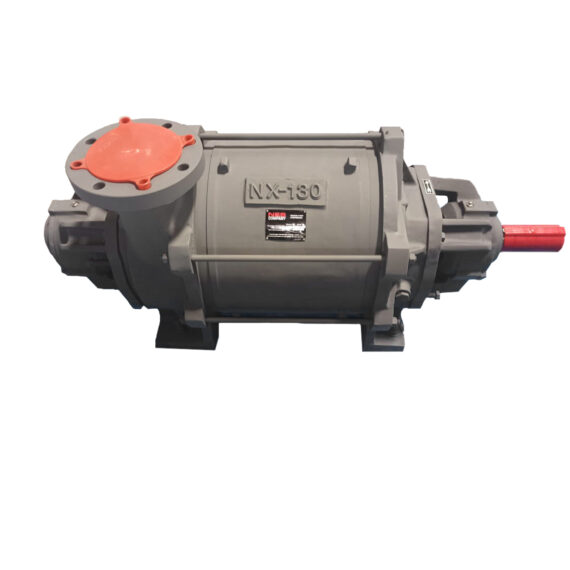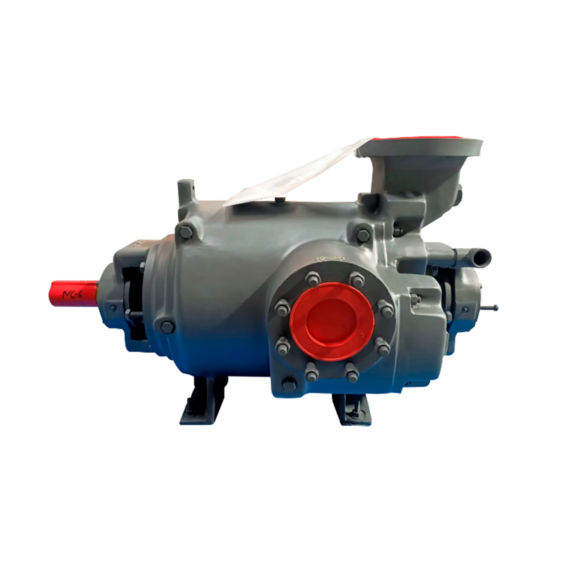
Liquid Ring Vacuum Pumps for the Printing Industry
Mass-production printing has rapidly grown in the market over a short time. With the surge in technological advancement, ink on paper remains relevant, if not prevalent, throughout the world. The liquid ring vacuum pump has been a major contributor to the speed and precision with which the process occurs.
The most popular method of mass production printing is offset lithography. In this process, the design or text is printed onto a metal plate. This is done using an ink that will chemically bond with the metal, so that it is almost “burned” into the metal. The plate is inked and pasted onto a rubber cylinder. Paper is run through the rubber, and printing is complete.
If the paper needs to be cut to a certain size or shape before printing, it is run through a paper cutting machine. It is equipped with all kinds of small cutters to make V-cuts, rounded cuts, etc. to create the desired end result. The plate that lays under the paper is perforated, and vacuum is activated underneath to hold the paper in place as it is being cut. This vacuum plate is common in screen printing as well.
Before printing, perforation is done when needed. Perforating paper, either entirely or partially, has many uses, mostly for business purposes. For invoices, raffle tickets, direct mail, or anything else that someone may fold and tear, perforated paper lines make the process incredibly easy. One method of perforation is vacuum perforation, where paper is heated and run through a perforated cylinder that has a strong vacuum in its center. As it rotates, the paper passes over it, and the vacuum tears the sections of paper that are covering its perforations, creating perforations of its own.
After printing, the paper is sprayed with anti-set-off powder made from starches. This creates a hydrophobic layer on the paper, preventing smearing on each paper, as well as sticking between multiple papers. The spray nozzle is shaped to provide uniform coverage of each paper. Since the paper is conveyed so quickly, the nozzle must be compressed to ensure complete coverage.
Screen printing is pressing ink through a fine mesh screen onto paper or fabric according to the design or text. In the case of fabric, the integrity and permanence of the design heavily influences its marketability and cost, so the vacuum plate holds the fabric in place so as to prevent any unwanted movement.
View our Products
Applications of Liquid Ring Vacuum Pumps
A liquid ring vacuum pump is applicable for the printing process. The main feature of interest in this application is the constant suction. Some pumps are not able to provide constant suction, performing pumping strokes and intaking once every stroke cycle.
The liquid ring vacuum pump spins its chambers, emptying one chamber while intaking in another. This is useful for holding paper in place as it is being cut, as well as for perforating paper.
The liquid ring vacuum pump can be quite strong, so it will be able to power the suction of multiple paper cutting machines simultaneously, as intense suction force is not required for a singular paper cutting machine.
For perforation, a stronger vacuum is needed but there only needs to be one machine for a long roll of paper as it is conveyed through the perforator.
The liquid ring vacuum compressor is suitable for compressing anti-set-off spray to cover printed paper. Solids, liquids, and gasses are able to pass through the compressor without clogging it. Depending on the model, the liquid ring can produce seven times atmospheric pressure at discharge conditions.


